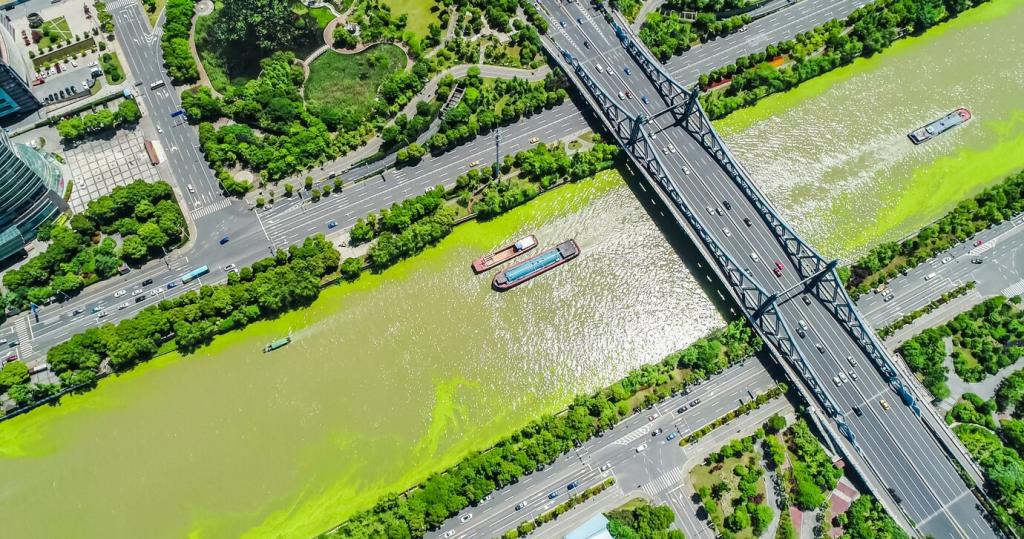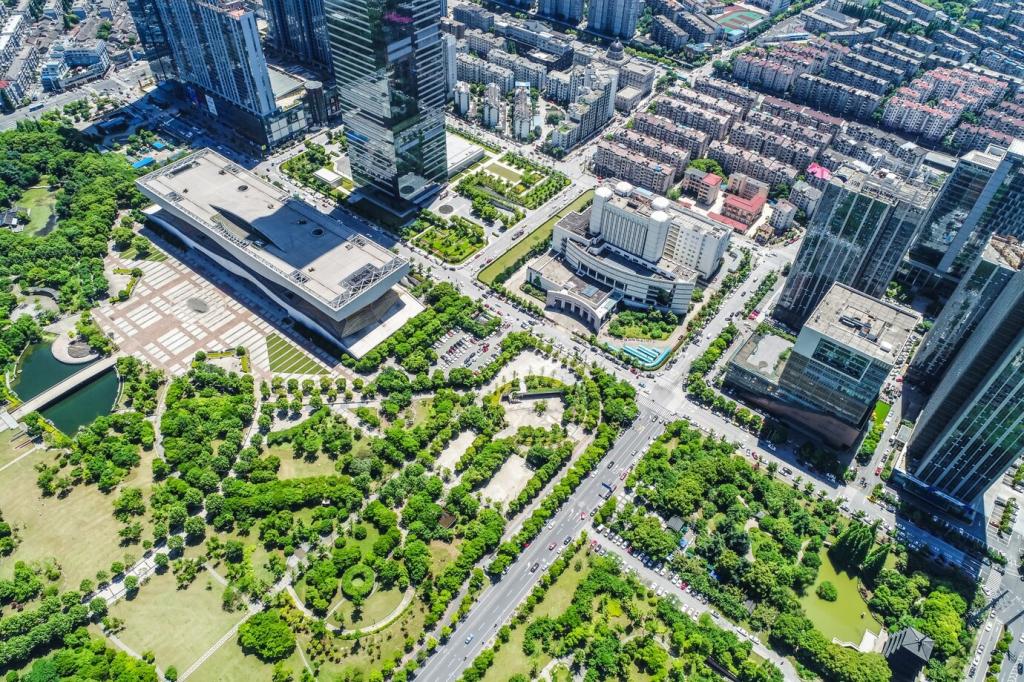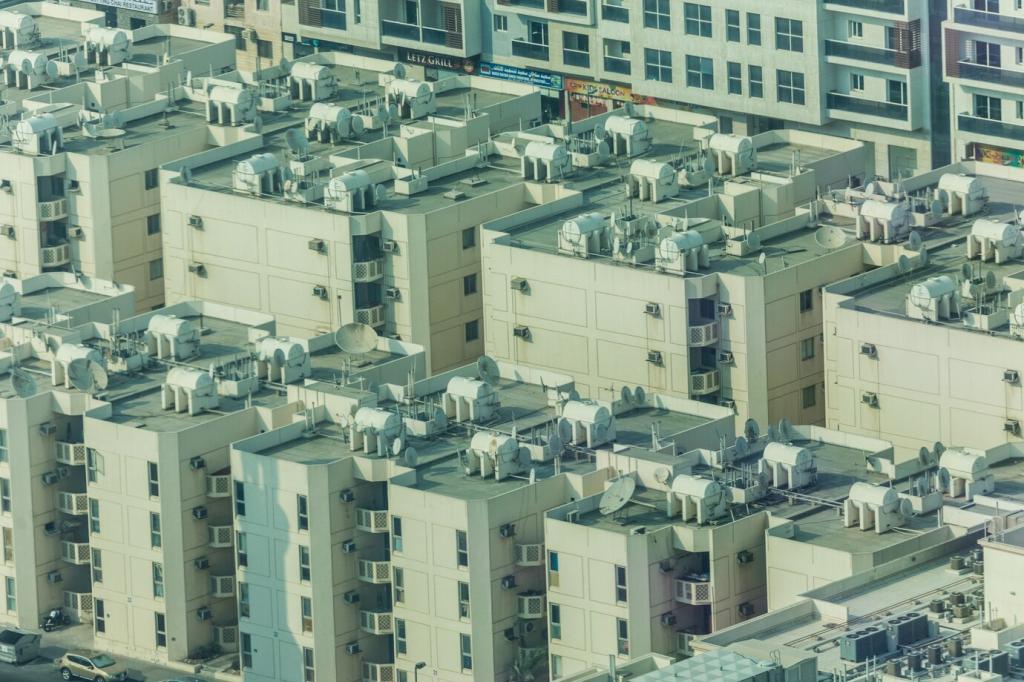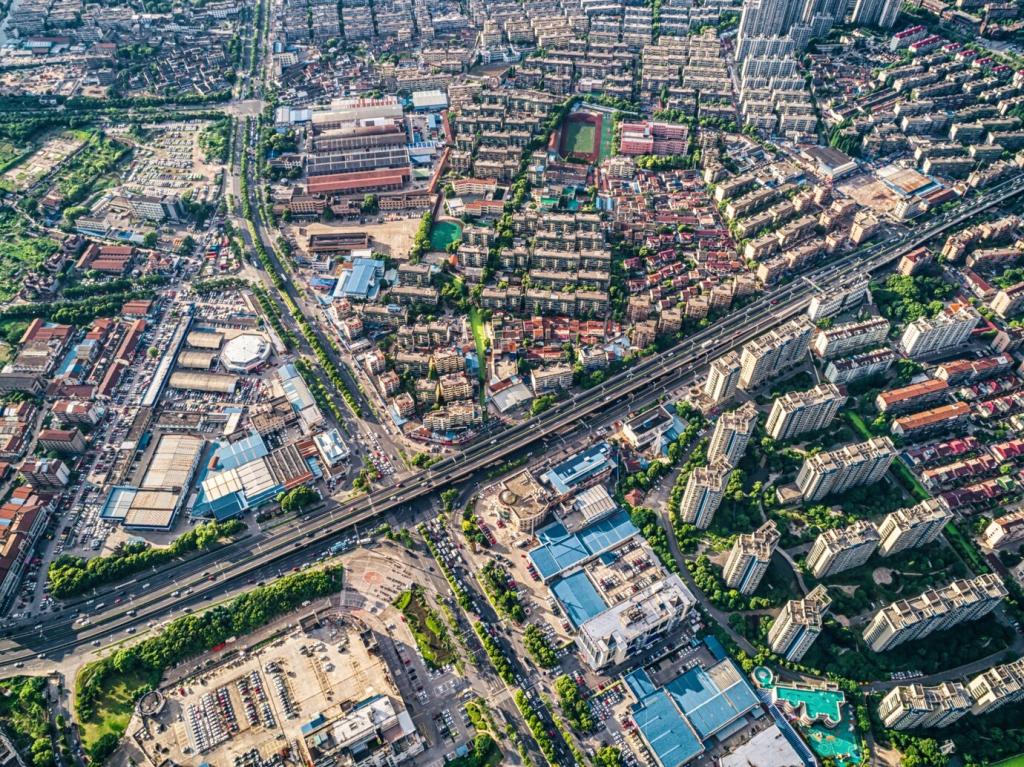Culture, Aesthetics, and Identity
A restrained palette, consistent icons, and readable type can guide without shouting. People spend less time guessing and more time exploring, sharing photos, and recommending walkable routes to friends and family.
Culture, Aesthetics, and Identity
Shielded, warm lighting improves safety while reducing glare and energy use. With thoughtful placement, plazas feel welcoming, wildlife stays calmer, and residents actually notice the stars on clear evenings again.






